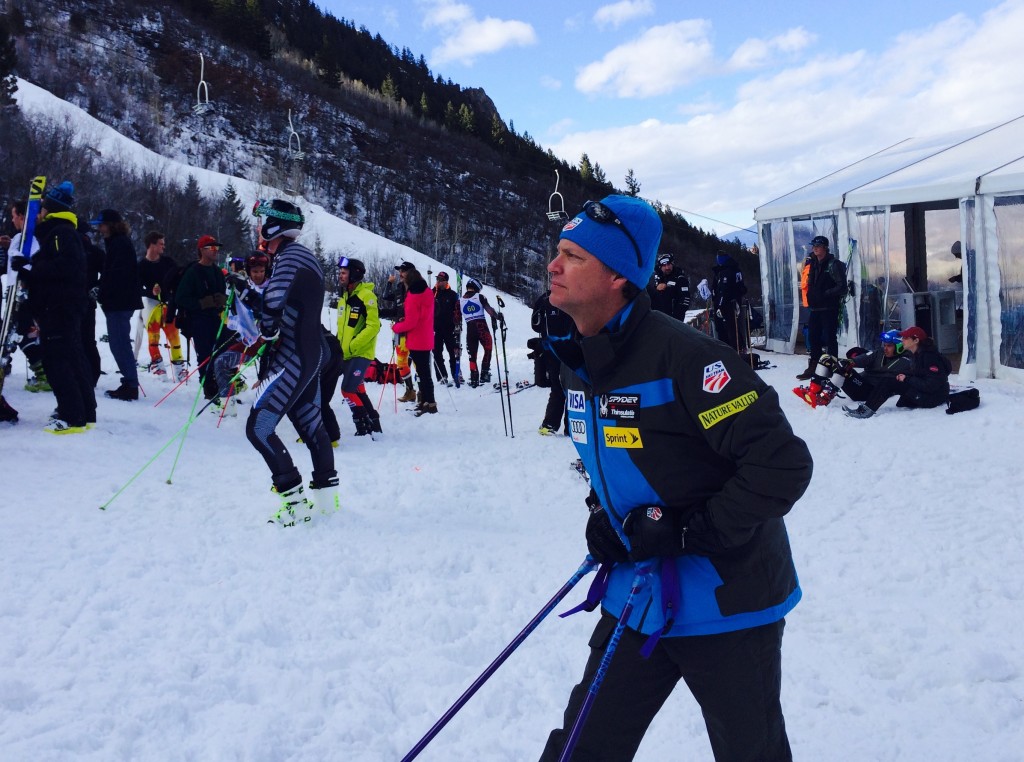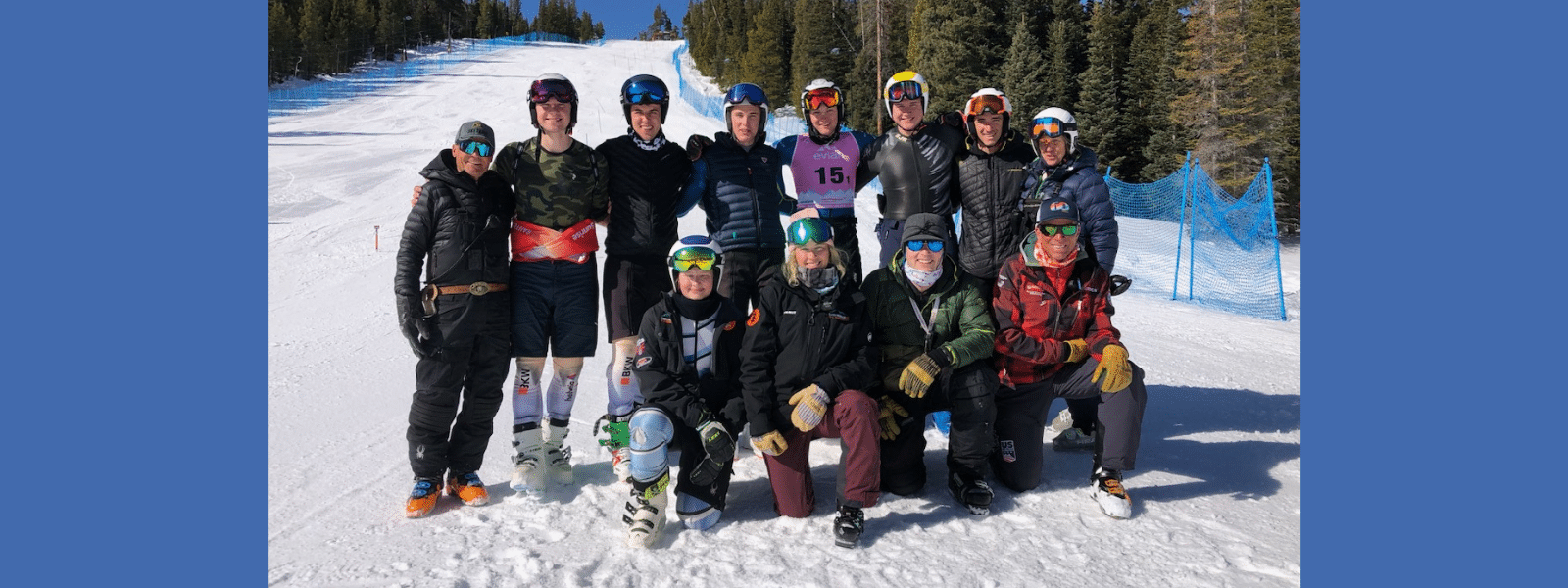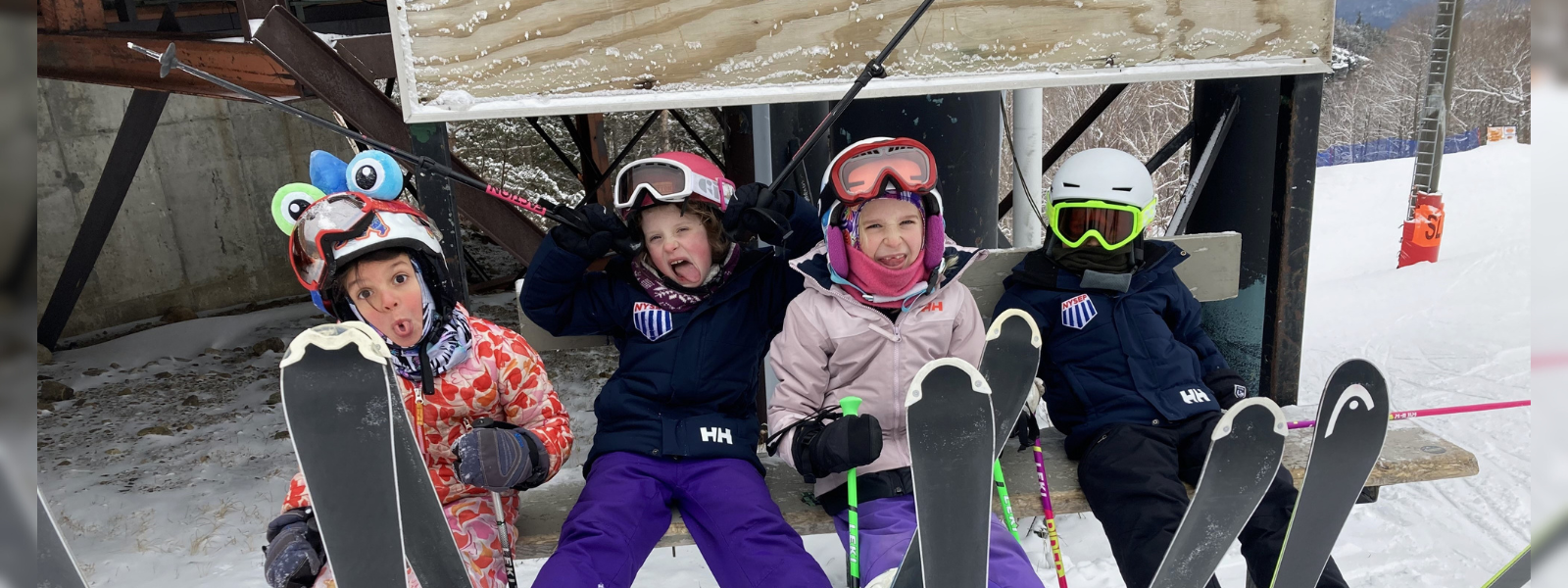USSA adopts SafeSport program to curb abuse
USSA President and CEO Tiger Shaw has a lot on his plate. One big item is to get full support for the U.S. Olympic Committee’s SafeSport program. Shaw feels the program is so important that he sent out a personal email to “our largest distribution list,” encouraging all to “actively promote SafeSport principles.”
The SafeSport program aims to recognize a variety of misconduct in sport, build a strategy to help ensure athlete well-being, and be prepared to take action to stop misconduct before it becomes a problem.
The program will confront child sexual abuse, bullying, hazing and harassment, and other types of emotional, physical or sexual misconduct.
“It is critically important,” said Shaw. “And it is considerably better to be out in front of this as far as possible as an organization. This is a serious issue to all sports, and skiing, unfortunately, is not above it.”
Shaw wrote that, “Every coach, administrator, volunteer, parent and athlete must be well informed about the best practices regarding recognizing and reporting SafeSport violations.”
Skiing has been aggressive in implementing measures to safeguard young athletes, having mandated criminal background checks for all coaches and officials. Ski team alumna Nina Kemppel was the driving force of the USOC SafeSport task force responsible for creating the National Center for SafeSport which – when launched in 2015 – will investigate and adjudicate claims of abuse in any and all Olympic sports.
“We are optimistic,” wrote Shaw, “that it will be successful.” He has directed all USSA staff they are “mandatory reporters” and must report any suspected abuse.
“Having a central entity is great,” said Shaw. “An independent board reviews whatever the case is. We won’t be responsible for policing ourselves, nor should we be. They might decide to kick back a case to us to deal with, but we could also learn about an incident through the USOC, because the reporting goes directly to them.”
Kemppel’s working group determined sexual abuse is a critical issue within our society and therefore within sport. “Current statistics show that one in four girls and one in six boys are sexually abused before the age of 18. … It is generally agreed many of these incidents are not reported or documented.”
Because coach and athlete often develop personal relationships, substantial barriers to reporting incidents exist; and because these relationships are in a physical environment, the opportunity for abuse is large.






















